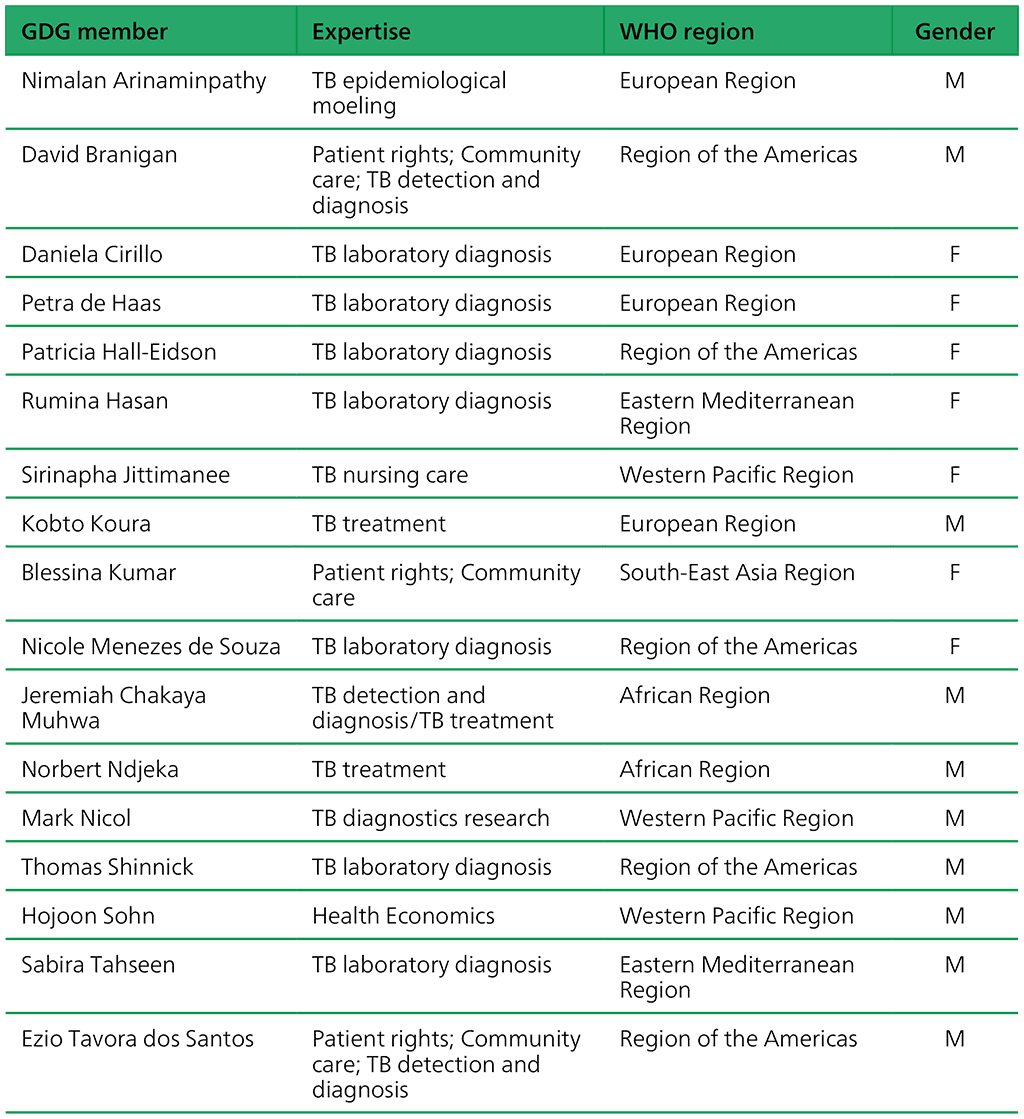3.5.1 Area 1 – Policies, budgeting and planning
Step 1.1 – Establish a technical working group (TWG) and define roles and responsibilities
Step 1.2 – Review WHO policies and available technical and implementation guides
Step 1.3 – Define immediate and future purposes of the test
Step 1.4 – Update national diagnostic algorithm and guidelines
Step 1.5 – Perform a situational analysis, including biosafety
 Feedback
Feedback

